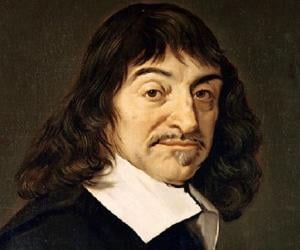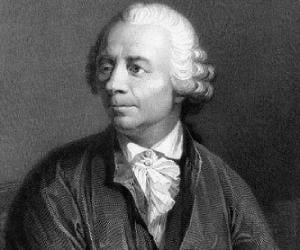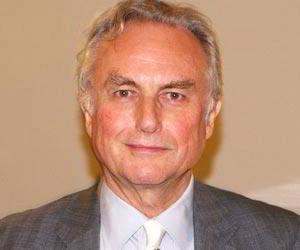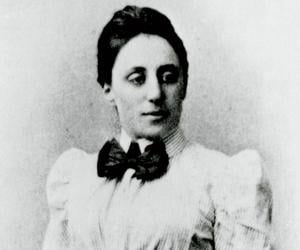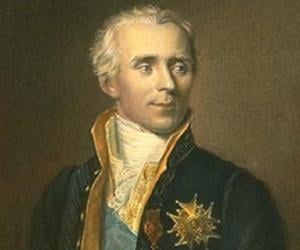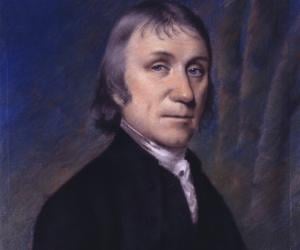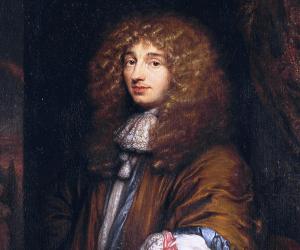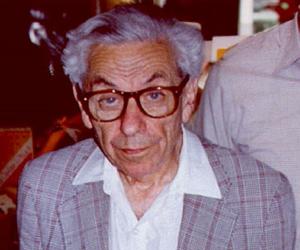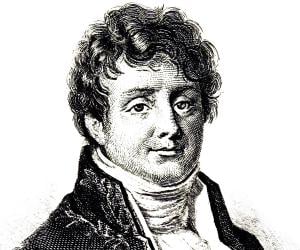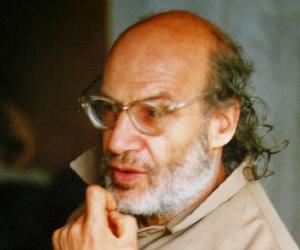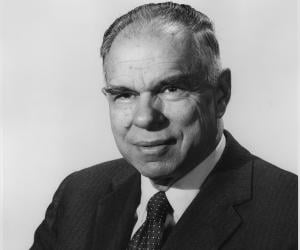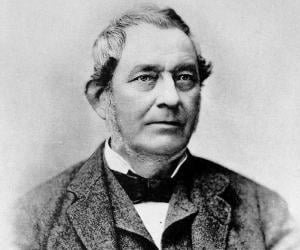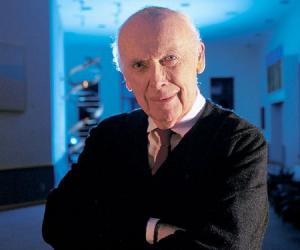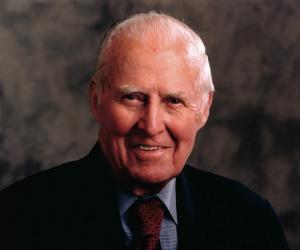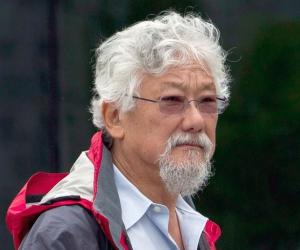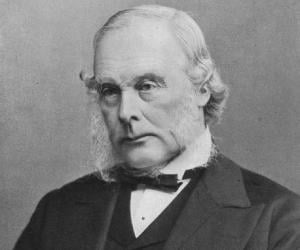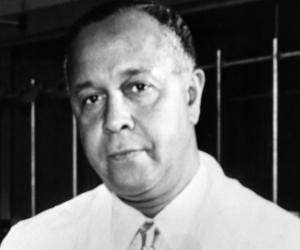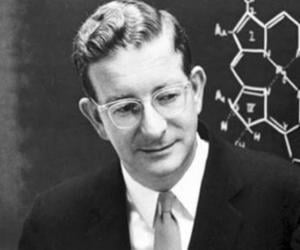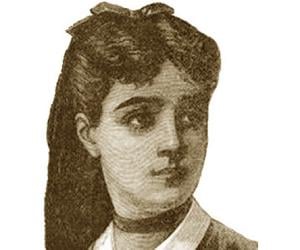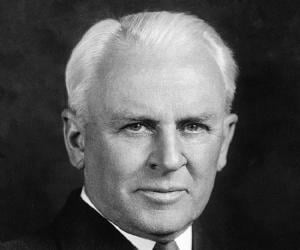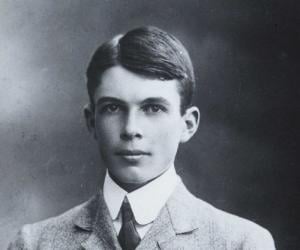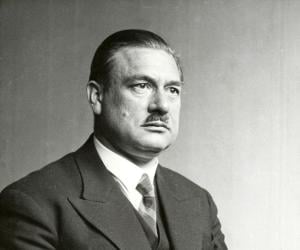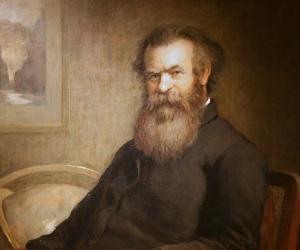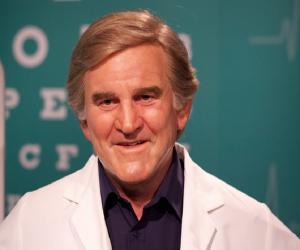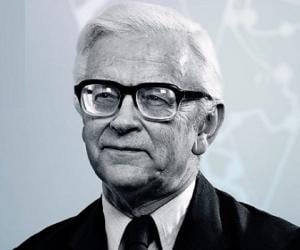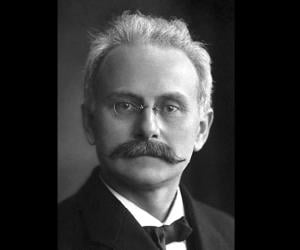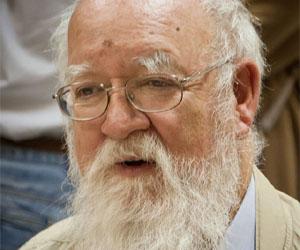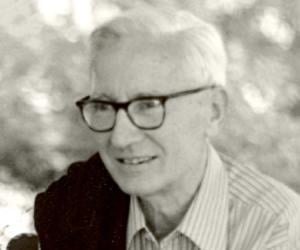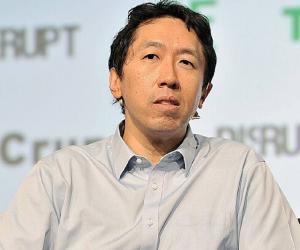Leonhard Euler was a Swiss physicist, mathematician, logician, geographer, astronomer, and engineer. He is credited with making influential and important mathematical discoveries, such as graph theory and infinitesimal calculus. Widely regarded as one of the greatest and most prolific mathematicians of all time, Leonhard Euler also made pioneering contributions to analytic number theory and topology.
Richard Dawkins is a British ethologist, author, and evolutionary biologist. He first achieved popularity after publishing his book, The Selfish Gene, which is credited with popularizing the gene selection theory. The book is also credited with introducing the term meme. In 2006, he established the Richard Dawkins Foundation for Reason and Science to promote secularism and scientific literacy.
Emmy Noether was a German mathematician best remembered for her contributions to abstract algebra. She is credited with discovering Noether's theorem, which is regarded as a fundamental theorem in mathematical physics. One of the most important mathematicians of her generation and the most important woman in mathematics history, Emmy Noether developed theories of algebras, fields, and rings.
Though French scholar Pierre-Simon Laplace is primarily known for his work on the solar system, his research extended to areas such as mathematics and physics, apart from astronomy. Widely known as the Newton of France, he escaped being executed during the French Revolution, owing to his lack of political views.
Best remembered for his contribution to the chemistry of gases, Joseph Priestley was an English scientist, clergyman, political theorist and educator, who has been credited with discovering oxygen independently, publishing his findings before Carl Wilhelm could. A prolific writer, he has authored 150 works on various subjects including electricity. He also contributed immensely to the advancement of political and religious thoughts.
From proposing the wave theory of light to discovering the actual shape of the rings of Saturn and inventing the pendulum clock, Dutch scientist Christiaan Huygens had contributed a lot to science. Born to a diplomat, Huygens had the privilege of an elite education but remain sickly throughout his life.
Hungarian mathematician Paul Erdős spent most of his childhood at home, due to his mother’s overprotectiveness after his sisters died of scarlet fever. Known for his eccentricity, he used his own vocabulary. His contributions include the Ramsey theory, and he skipped many university job offers to continue working independently.
Joseph Fourier was a French physicist and mathematician best remembered for commencing the investigation of the Fourier series, which is used widely to solve problems of heat transfer and vibrations. Fourier's law of conduction and Fourier transform are named in his honor. Fourier is also said to have discovered the greenhouse effect.
Alexander Grothendieck was a 20th-century mathematician who was a leading figure in the creation of modern algebraic geometry. With his so-called "relative" perspective, he revolutionized many areas of pure mathematics. During his later career, he became a professor at the University of Montpellier. He is counted among the greatest mathematicians of the 20th century.
Glenn T. Seaborg was an American chemist who shared the 1951 Nobel Prize in Chemistry with Edwin McMillan for discovering the first transuranium elements. He also authored or co-authored several books and articles, including 500 scientific journals. In 2005, Glenn T. Seaborg was inducted posthumously into the National Inventors Hall of Fame.
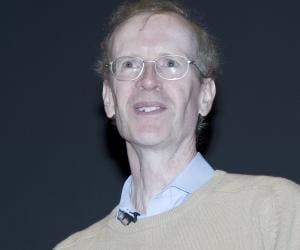
English mathematician Sir Andrew John Wiles, a Royal Society Research Professor at the University of Oxford, is best known for proving the modularity theorem for semistable elliptic curves, thereby proving Fermat's Last Theorem for which he was awarded the Abel Prize and the Copley Medal by the Royal Society. He also proved the main conjecture of Iwasawa theory.
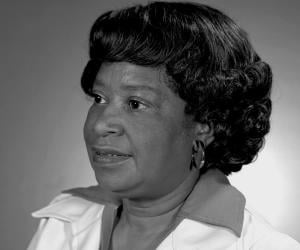
American mathematician and aerospace engineer Mary Jackson went down in history as the first African-American woman to work as a NASA engineer. Initially a math teacher, she later joined NACA under Dorothy Vaughan and contributed to countless American space programs at a time when racial segregation was the norm.
Chemist Robert Bunsen paved the path for spectrum analysis with his discovery that every element emits a light of a particular wavelength. He also co-developed and lent his name to the Bunsen burner. He almost died of arsenic poisoning and lost sight in his right eye in a laboratory explosion.
James Watson is a geneticist, molecular biologist, and zoologist. He is credited with co-authoring the academic paper that propounded the double helix structure of nucleic acids such as DNA for which he was awarded the Nobel Prize in 1962. In 1977, he was honored with the Presidential Medal of Freedom. In 1997, he was awarded the National Medal of Science.
Norman Borlaug was an American agronomist who played a key role in the Green Revolution, a set of research technology transfer initiatives that increased agricultural production, for which he won the Nobel Peace Prize in 1970. Nicknamed the Father of the Green Revolution, Borlaug was also honored with the Congressional Gold Medal and Presidential Medal of Freedom for his work.
British surgeon Joseph Lister was a pioneer of antiseptic medicine usage and made a huge contribution to the development of preventive medicine for bacterial infection. His achievements have been honored by many, such as the makers of Listerine antiseptic and mouthwash, who named their product after him.
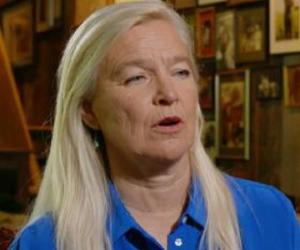
Nell Newman is a biologist, environmentalist, and former child actress. An ardent supporter of sustainable agriculture, Newman is credited with founding a pet food and organic food production company called Newman's Own. For her environmental leadership, Newman was honored with the Rachel Carson Award in 2014. In 2017, she was made an inductee of the Specialty Food Hall of Fame.
Percy Lavon Julian was an American chemist whose work paved the way for the production of birth control pills and corticosteroids. Julian went on to start his own company which helped reduce the price of steroid intermediates. In 1973, Percy Lavon Julian was inducted into the National Academy of Sciences and became the first African-American to receive this honor.
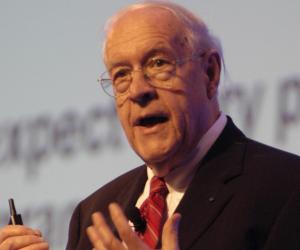
Robert Burns Woodward was an American organic chemist best remembered for winning the 1965 Nobel Prize in Chemistry. Regarded as the most preeminent synthetic organic chemist of the 20th century, Woodward is also remembered for his contributions to organic synthesis. Robert Burns Woodward was also the recipient of the Copley Medal, National Medal of Science, and William H. Nichols Medal.
French mathematician Sophie Germain had used the pseudonym M. Le Blanc to get hold of notes from the École Polytechnique, as being a woman, she was not allowed to attend the institute. She later contributed to the number theory and also pioneered the elasticity theory. She died of breast cancer.
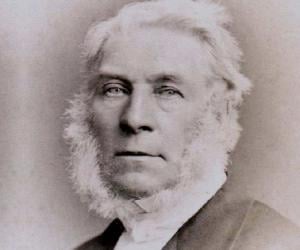
Renowned meteorologist and aeronaut James Glaisher was a pioneer of balloon flights and had penned the iconic book Travels in the Air. He had also contributed to the formation of the Meteorological Society and the Aeronautical Society of Britain. The 2019 movie The Aeronauts depicts his exploits as a balloonist.
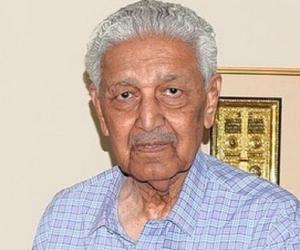
Pakistani engineer Abdul Qadeer Khan was a major figure in the development of his country’s nuclear plans. His research also focused on uranium enrichment. He was later apparently involved in transfer of nuclear technology to Iran, among other countries, but was pardoned by then-president Pervez Musharraf.
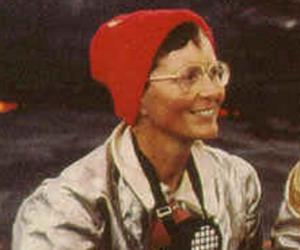
Nobel Prize-winning experimental physicist Robert Andrews Millikan had begun his career as a faculty member at the University of Chicago and penned countless physics books. He later devoted himself to his research on elementary electronic charge and the photoelectric effect. His famous oil-drop experiment is known to all physics enthusiasts.
Born to a math and physics professor in Australia, Sir William Lawrence Bragg later moved to England, where his father was posted for work. He and his father jointly won the Nobel Prize for Physics for their research on X-ray diffraction through crystals. Bragg was an avid shell collector, too.
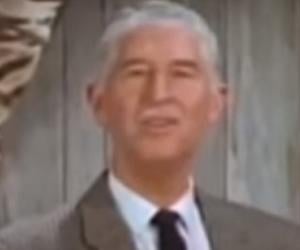
Peter Debye was a Dutch-American physical chemist and physicist. He is best remembered for winning the 1936 Nobel Prize in Chemistry. He was also the recipient of the Rumford Medal, Franklin Medal, and Priestley Medal. In 1965, Peter Debye was honored with the National Medal of Science. In 1982, he was inducted into the Alpha Chi Sigma Hall of Fame.
John Wesley Powell was a geologist and explorer of the American West. He undertook a series of adventures as a young man and later joined the military. He is best known for the three-month-long geographic expedition he undertook down the Green and Colorado rivers. He was made the director of the U.S. Geological Survey in 1881.
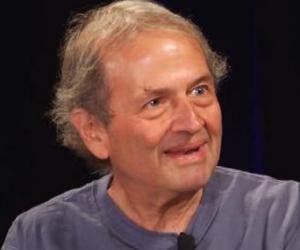
Andy Hertzfeld is an innovator and software engineer. During the 1980s, Hertzfeld was one of the members of the Apple Macintosh development team. He is also credited with co-founding companies like Radius, General Magic, and Eazel. From 2005 to 2013, he contributed to the development of Google+. Elden Henson and Michael Stuhlbarg portrayed him in Jobs and Steve Jobs respectively.
Fred Hollows became a renowned name in the field of ophthalmology after helping thousands of people see by restoring their sight. Born in New Zealand, Hollows later became an Australian citizen. He had initially aspired to join the clergy but had decided against it after visiting a mental institution.
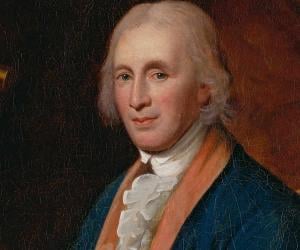
American astronomer, inventor, mathematician, clockmaker and surveyor David Rittenhouse, who served as first director of the United States Mint and remained a member of the American Philosophical Society, made several significant breakthroughs for the US. His achievements include discovering the atmosphere of Venus and observing its transit, becoming the first American to sight Uranus, and completing an advanced orrery.
Nobel Prize-winning biochemist John Kendrew revolutionized science with his 3-D model of the muscle protein myoglobin. The Cambridge alumnus later co-founded the European Molecular Biology Organization and had been the editor-in-chief of the Journal of Molecular Biology. He had also worked on operational research for the Royal Air Force.
Johannes Stark was a German physicist who discovered the phenomenon that came to be known as the Stark effect. For this work, he was awarded the Nobel Prize in Physics in 1919. A supporter of Adolf Hitler, he was a main figure in the anti-Semitic Deutsche Physik movement. He was found guilty by a denazification court in 1947.
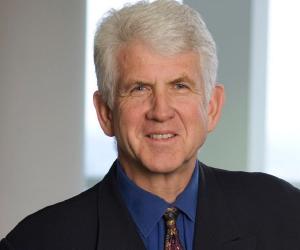
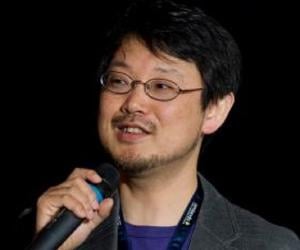
Japanese computer scientist Yukihiro Matsumoto, better known as Matz, soared to fame for designing the Ruby programming language. He works for the open-source company Netlab.jp and has created many open-source products, such as cmail. He has also worked as a missionary for the LDS Church.
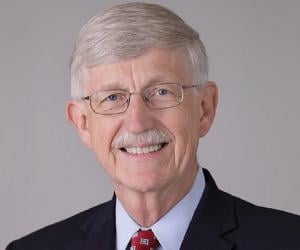
American physician-geneticist Francis Collins is known for his discovery of the genes related with several diseases and for leading the Human Genome Project while serving as director of NHGRI. Recipient of Presidential Medal of Freedom and the National Medal of Science, Collins wrote the New York Times bestseller The Language of God and presently serves as director of the NIH.
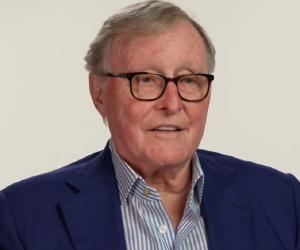
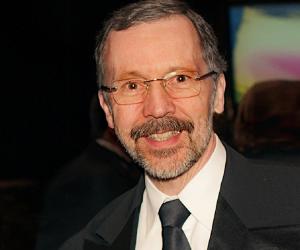
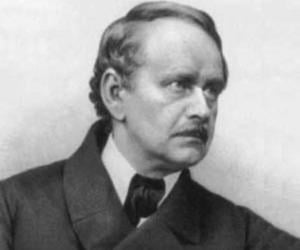
Matthias Jakob Schleiden was a German botanist who is credited with co-founding cell theory along with Rudolf Virchow and Theodor Schwann. He is also remembered for his service as a professor at the University of Dorpat from the mid 1860s.
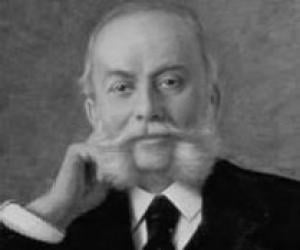
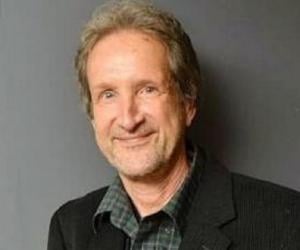
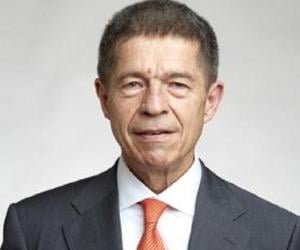
Joachim Sauer is a German professor emeritus of theoretical and physical chemistry at the prestigious Humboldt University of Berlin. Sauer is an active research scientist in computational and quantum chemistry. His work has helped understand the structures and activities of catalysts like zeolites. Joachim Sauer has won several prestigious awards such as the Schrödinger Medal and Liebig Medal.
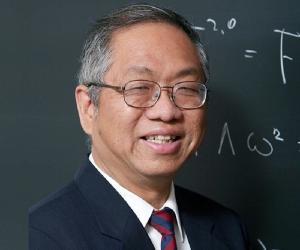
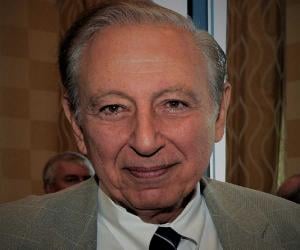
Robert Gallo is an American biomedical researcher best known for his immense contribution in ascertaining HIV as the infectious agent accountable for AIDS. He also played a major role in the progression of the HIV blood test and subsequent HIV research. He is also credited with co-founding the Institute of Human Virology at the University of Maryland School of Medicine.
Nikolaas Tinbergen was a Dutch ornithologist and biologist. Counted among the founders of modern ethology, Tinbergen shared the Nobel Prize in Physiology or Medicine in 1973 with Konrad Lorenz and Karl von Frisch for their discoveries concerning the social behavior patterns in animals. He is also credited with authoring an influential book on animal behavior titled The Study of Instinct.
British-American computer scientist and Stanford professor Andrew Ng is also the co-founder of DeepLearning.AI and Coursera. He is best known for his pioneering initiatives in the areas of online education and machine learning. He was also part of the Google Brain team and has co-authored more than 100 research papers.
